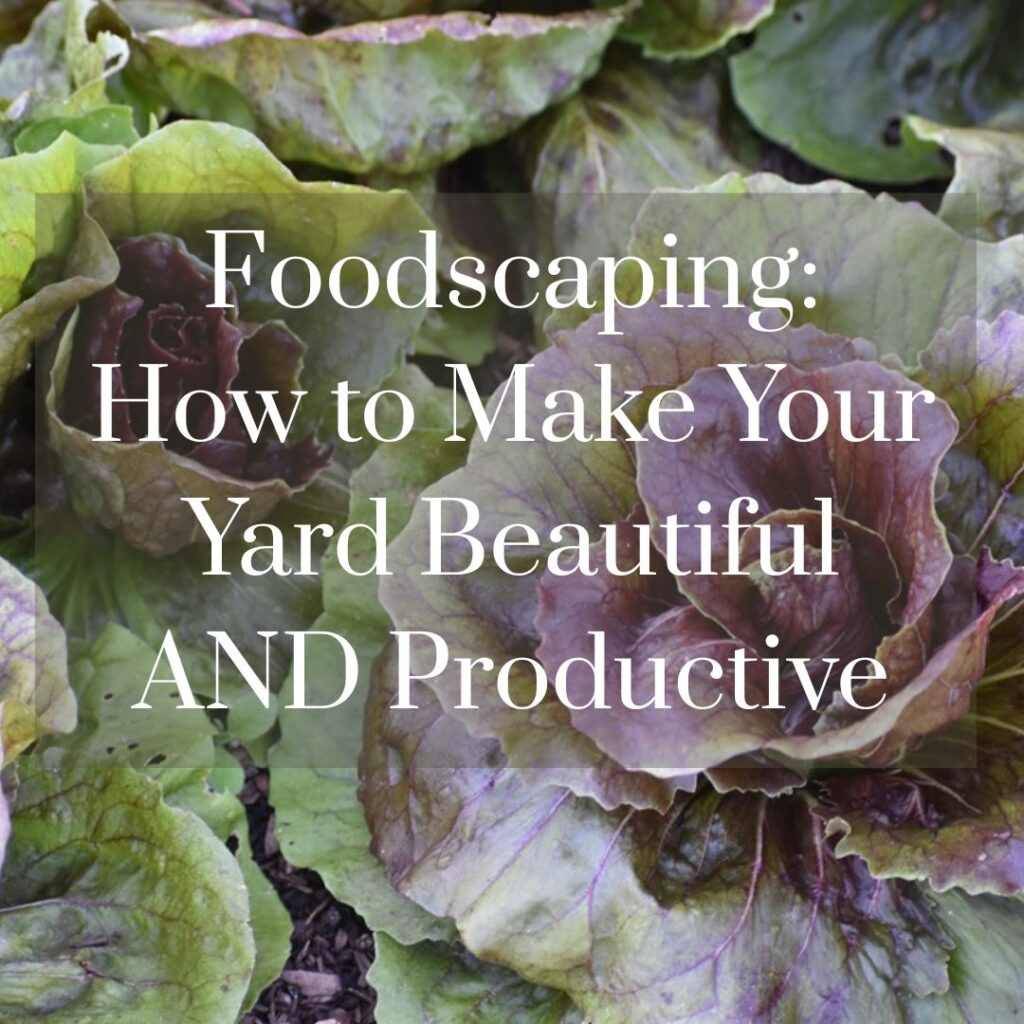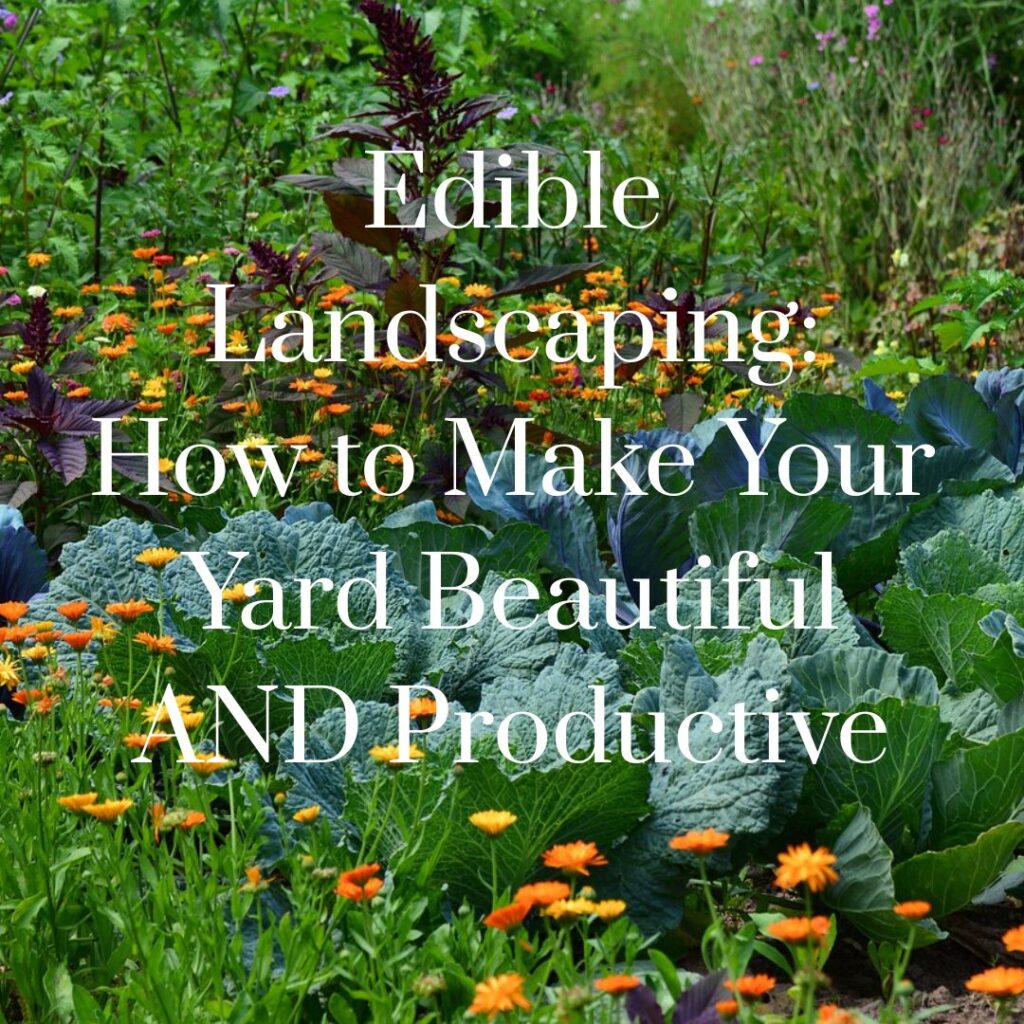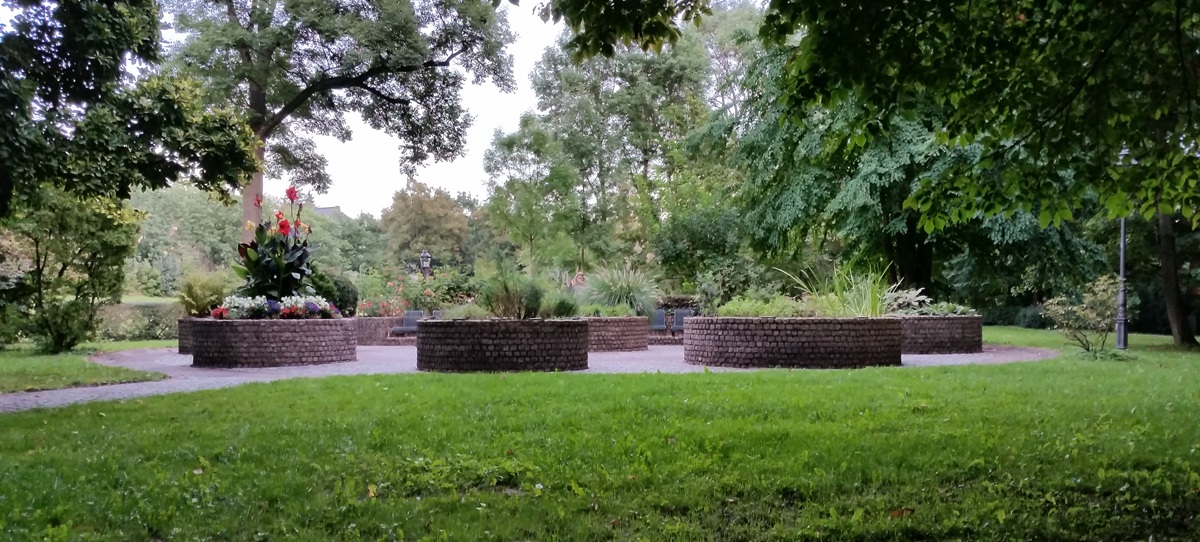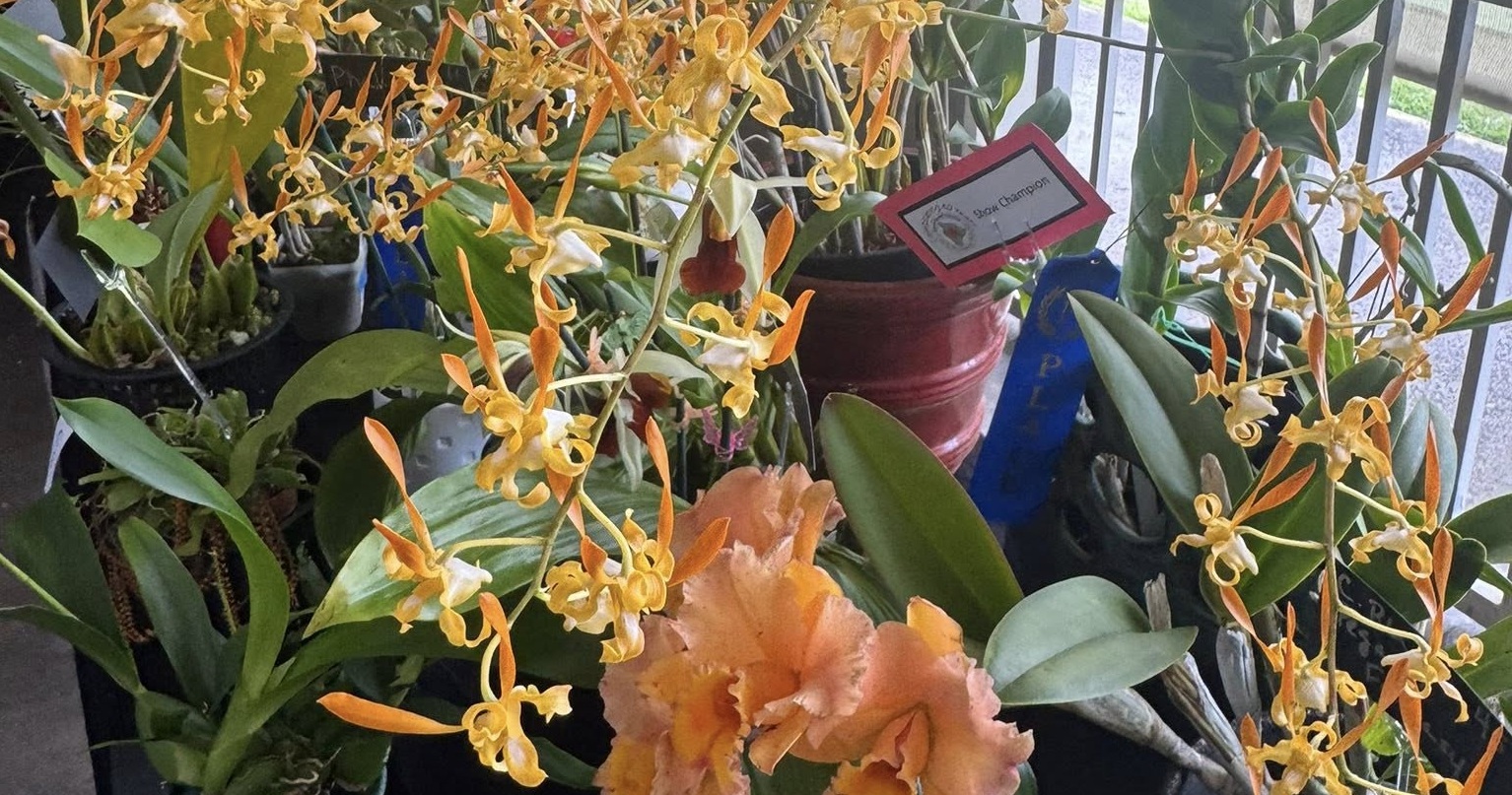Imagine stepping into your backyard and being greeted by lush greenery, vibrant flowers, and the scent of fresh herbs. Now, imagine that same beautiful landscape providing fresh fruits, vegetables, and herbs for your kitchen. That’s the magic of edible landscaping!
Edible landscaping (also called Foodscaping) blends aesthetics and functionality, allowing you to create a visually stunning outdoor space that also serves as a source of fresh, homegrown food. Whether you have a sprawling yard or a small urban garden, you can design a landscape that is both productive and beautiful.
In this post, we’ll explore how to integrate edible plants into your landscape, the best plants to use, and tips for creating a thriving edible garden that enhances your home’s curb appeal.

Why Choose Edible Landscaping?
Traditional landscaping often prioritizes beauty over function, but edible landscaping allows you to enjoy both. Here’s why it’s worth considering:
- Sustainability – Growing your own food reduces your carbon footprint and reliance on store-bought produce.
- Cost-Effective – Save money by harvesting fresh fruits, veggies, and herbs instead of buying them.
- Biodiversity – A mix of edible and ornamental plants attracts pollinators, beneficial insects, and birds.
- Health Benefits – Homegrown produce is fresher, more nutritious, and free from harmful chemicals.
- Aesthetic Appeal – Edible plants can be just as gorgeous as ornamental ones, adding texture, color, and visual interest to your landscape.
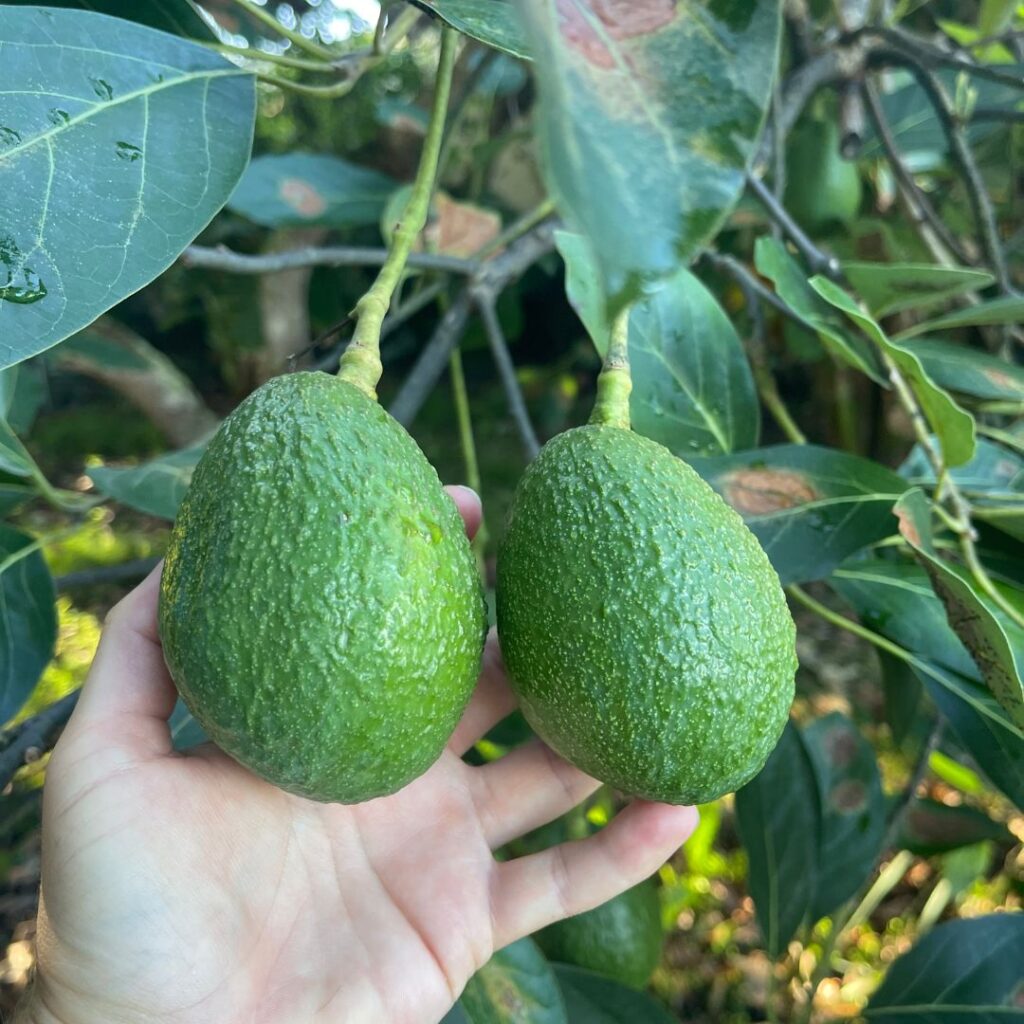
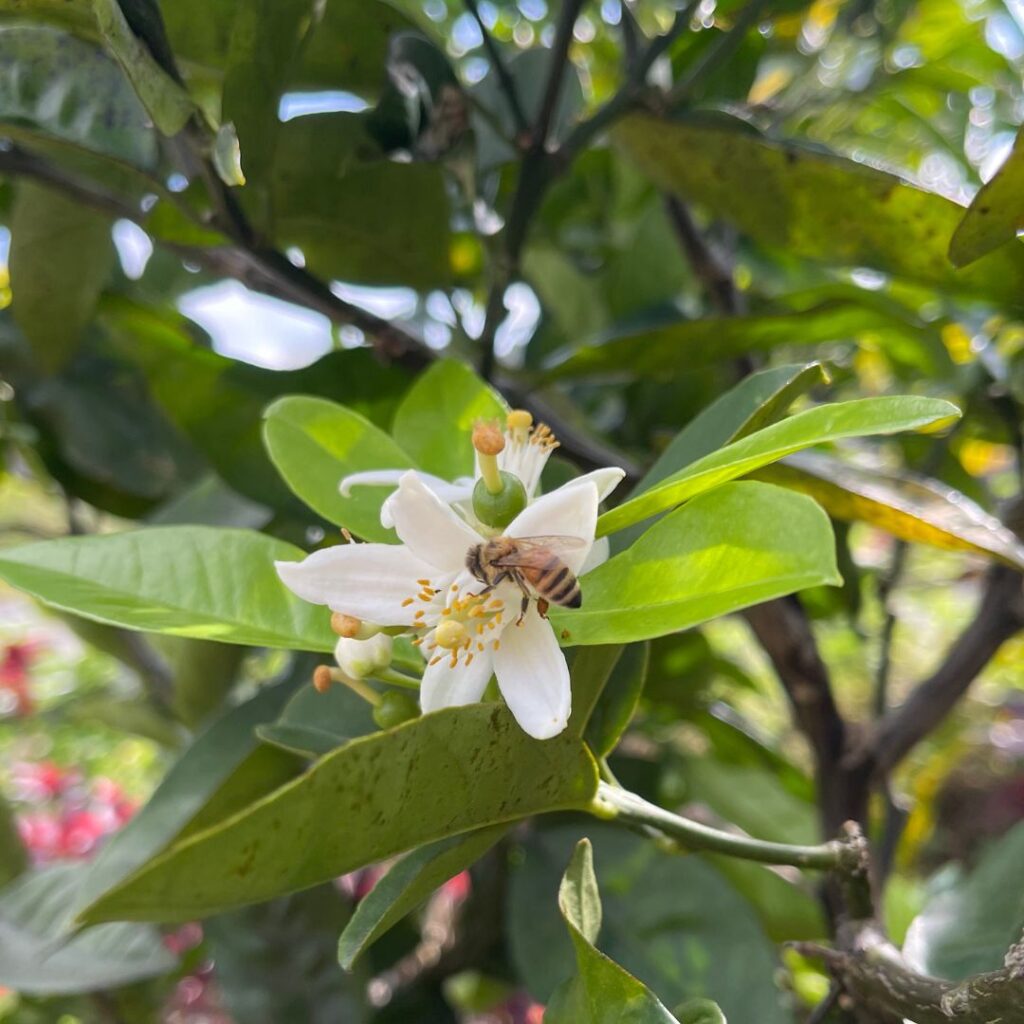
How to Incorporate Edible Plants into Your Landscape
1. Start with a Plan
Before planting, assess your yard’s conditions—sunlight, soil quality, and available space. Sketch out a rough layout and decide where different types of edible plants will go. Consider layering plants for depth and texture:
- Tall Plants (fruit trees, trellised vines)
- Mid-Height Plants (shrubs, peppers, tomatoes)
- Ground Cover (strawberries, creeping thyme)
This layered approach ensures visual appeal while maximizing space.
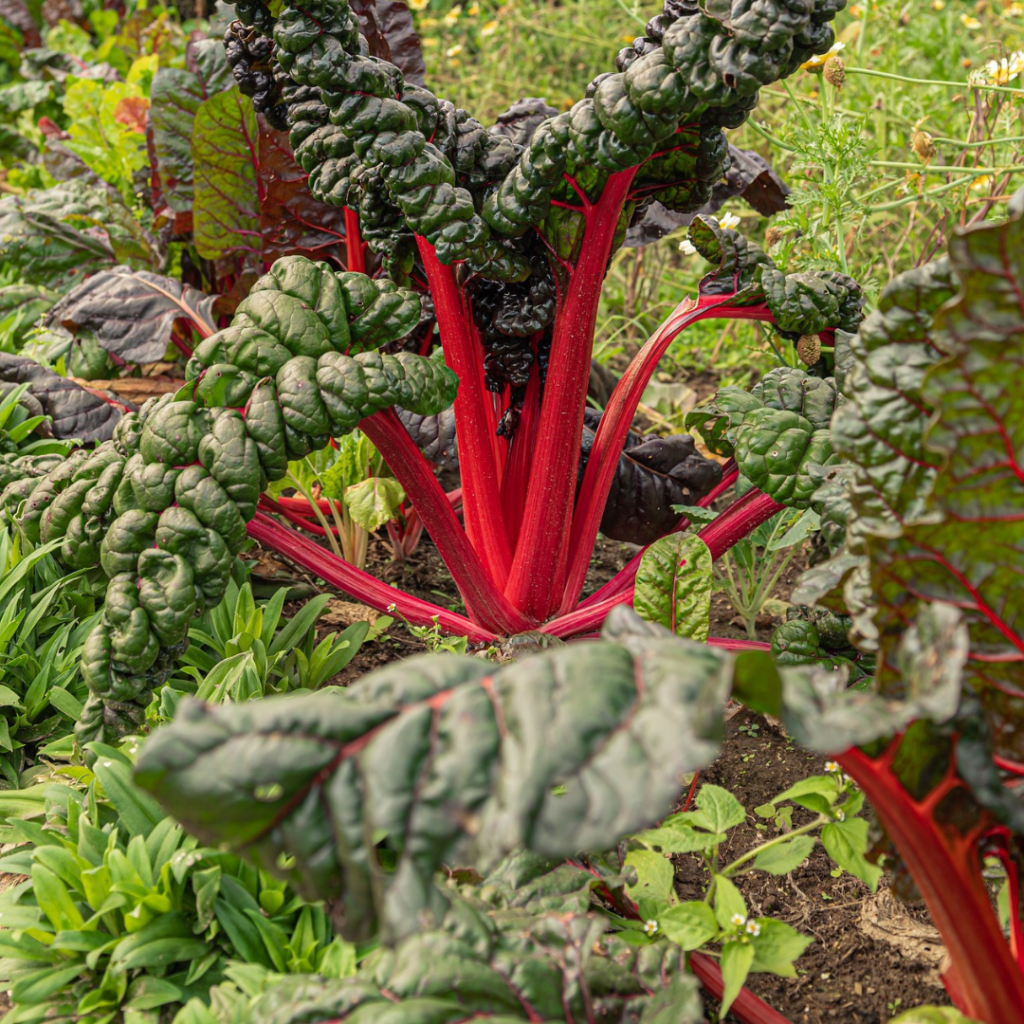
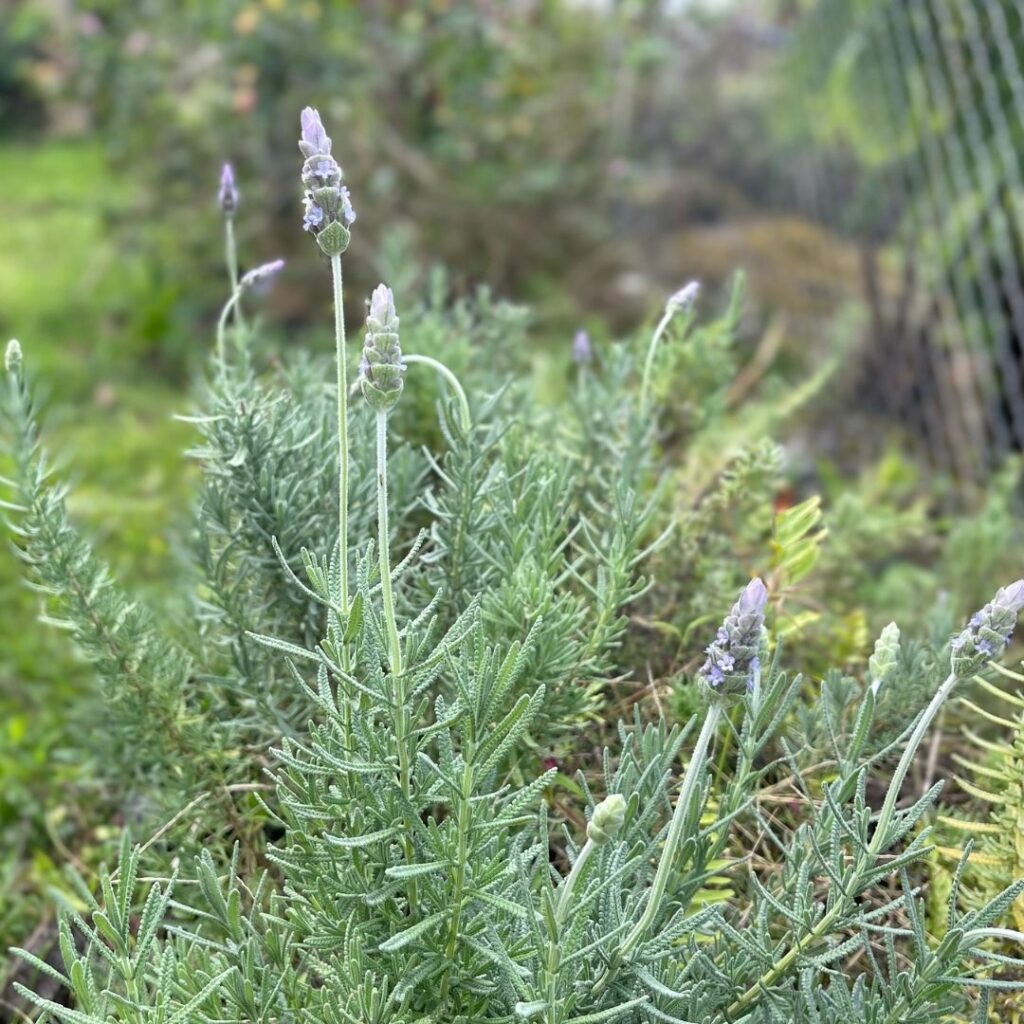
2. Choose Multi-Purpose Plants
Some edible plants serve double duty by offering both beauty and function. Here are a few great options:
- Fruit Trees – Apple, pear, fig, and citrus trees provide shade and seasonal blooms.
- Herbs – Lavender, rosemary, thyme, and chives add fragrance and attract pollinators.
- Vegetables – Swiss chard, kale, and purple basil offer striking foliage.
- Berries – Blueberries and raspberries create lush hedges while yielding delicious fruit.
- Climbing Plants – Grapevines, passionfruit, and scarlet runner beans add vertical interest.
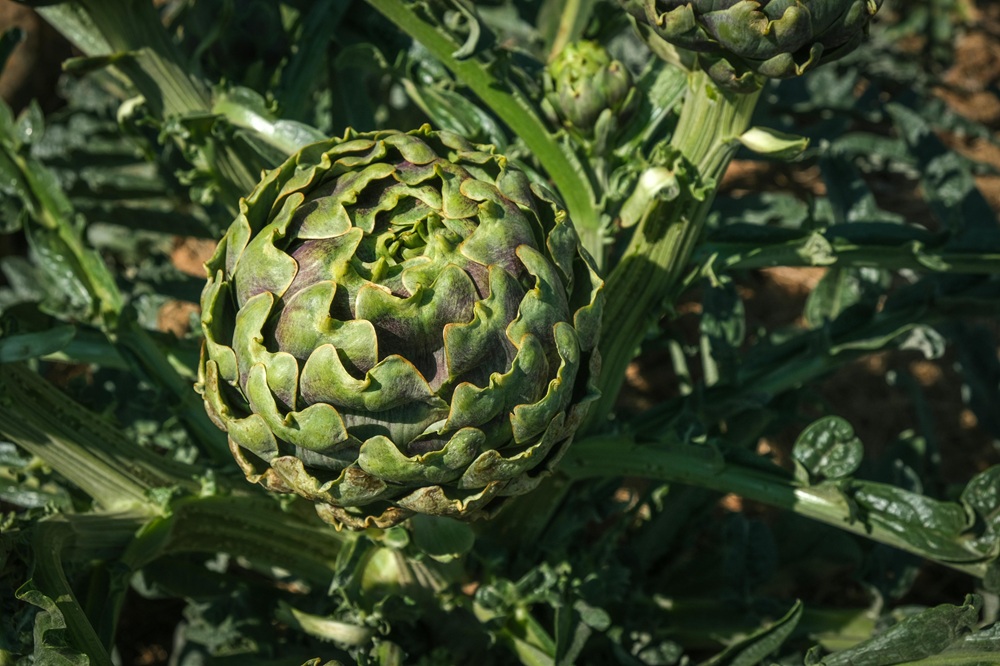
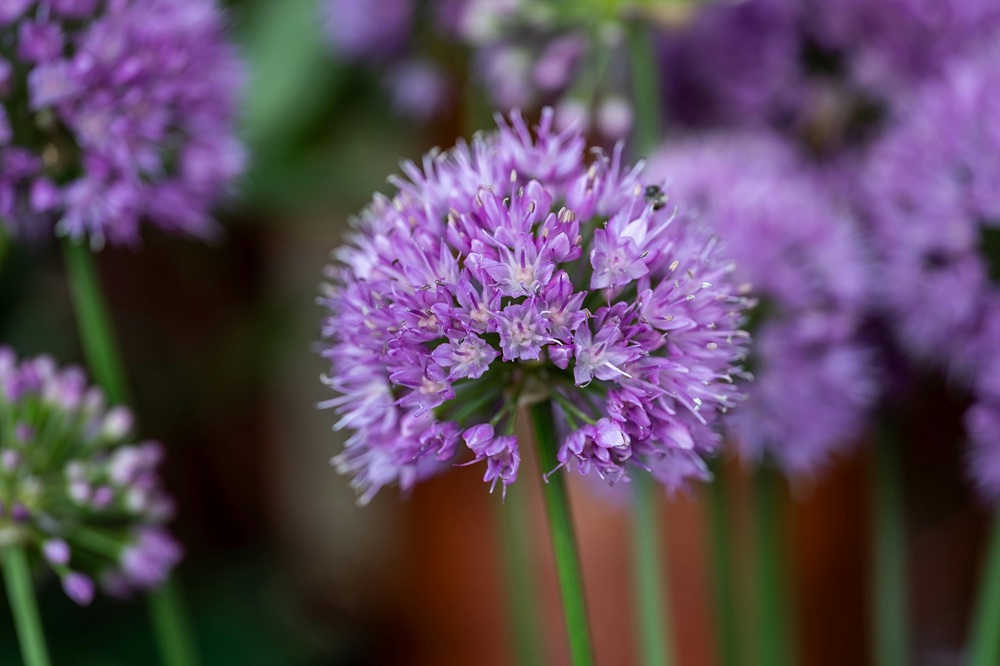
3. Replace Ornamentals with Edibles
You don’t have to overhaul your entire yard—start by swapping traditional landscaping plants with edible alternatives:
- Hedges → Replace boxwood with rosemary or blueberry bushes.
- Ground Cover → Swap grass for creeping thyme or strawberries.
- Flower Beds → Mix in edible flowers like nasturtiums, marigolds, or violas.
- Trellises & Arbors → Grow grapes, beans, or cucumbers instead of decorative vines.
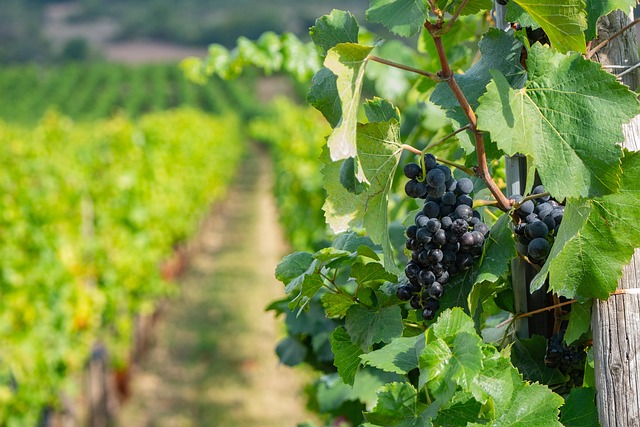
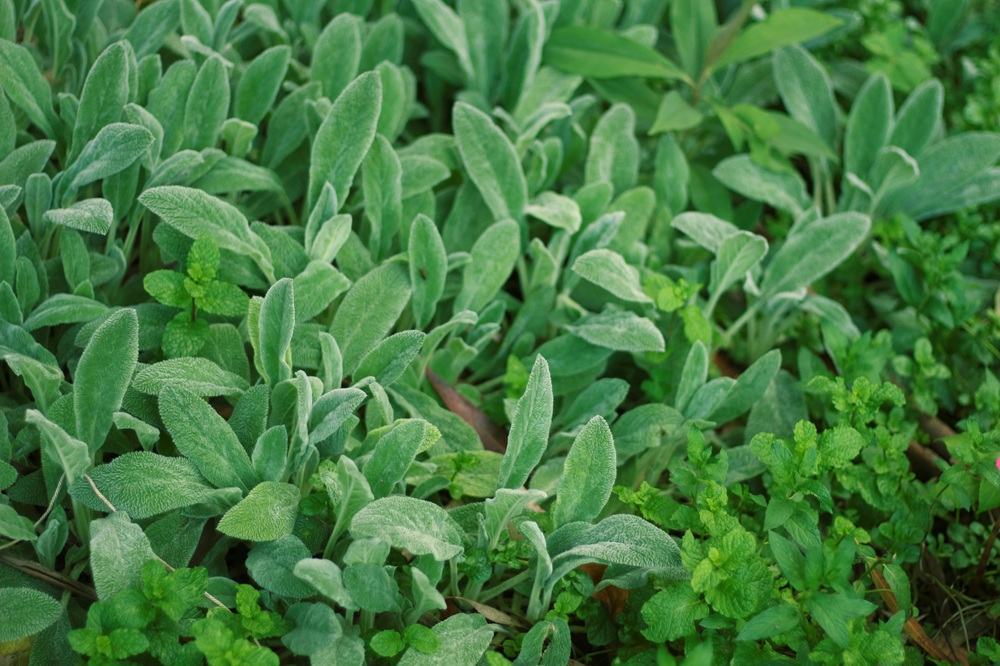
4. Create Functional Garden Beds
Instead of planting veggies in traditional rows, integrate them into flower beds or raised garden beds. Companion planting (such as growing basil near tomatoes) enhances growth and reduces pests.
Example: A mixed bed of marigolds, basil, tomatoes, and peppers creates a vibrant, productive space.
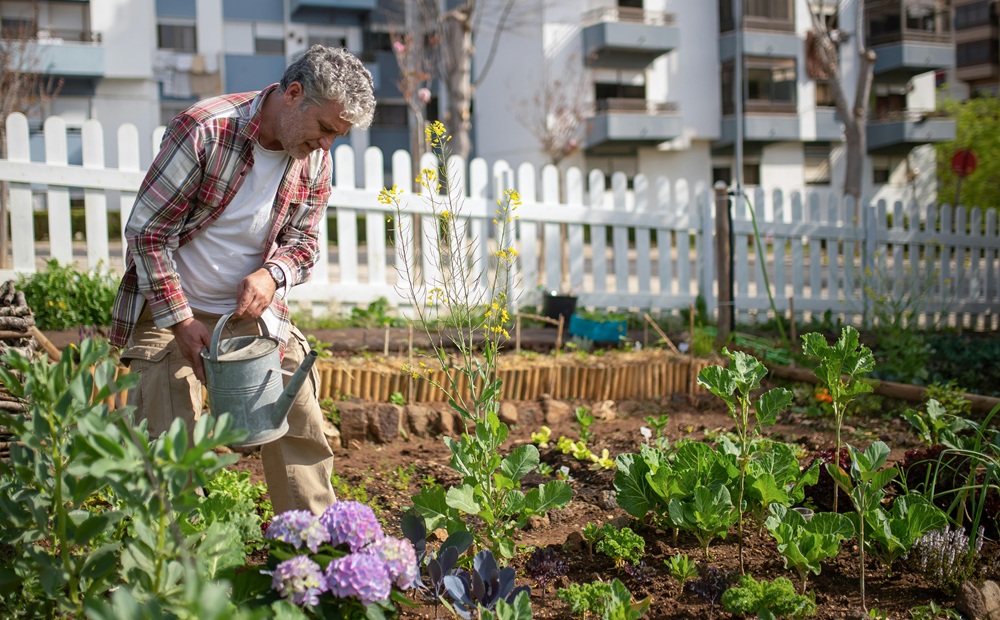
5. Use Containers for Small Spaces
Even if you lack yard space, edible landscaping works in containers on lanais or along pathways. Mix flowers and food plants in decorative pots for a stylish touch.
Great container combinations:
- Cherry tomatoes + basil + trailing nasturtiums
- Strawberries + thyme + violas
- Dwarf lemon tree + marigolds + chives
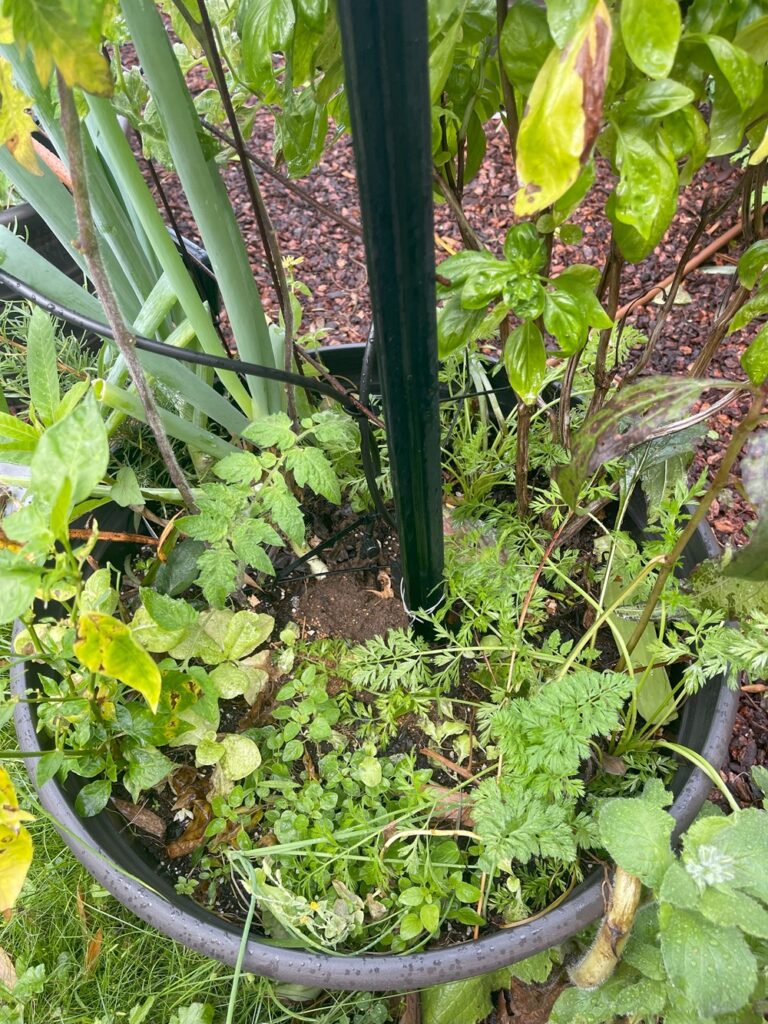
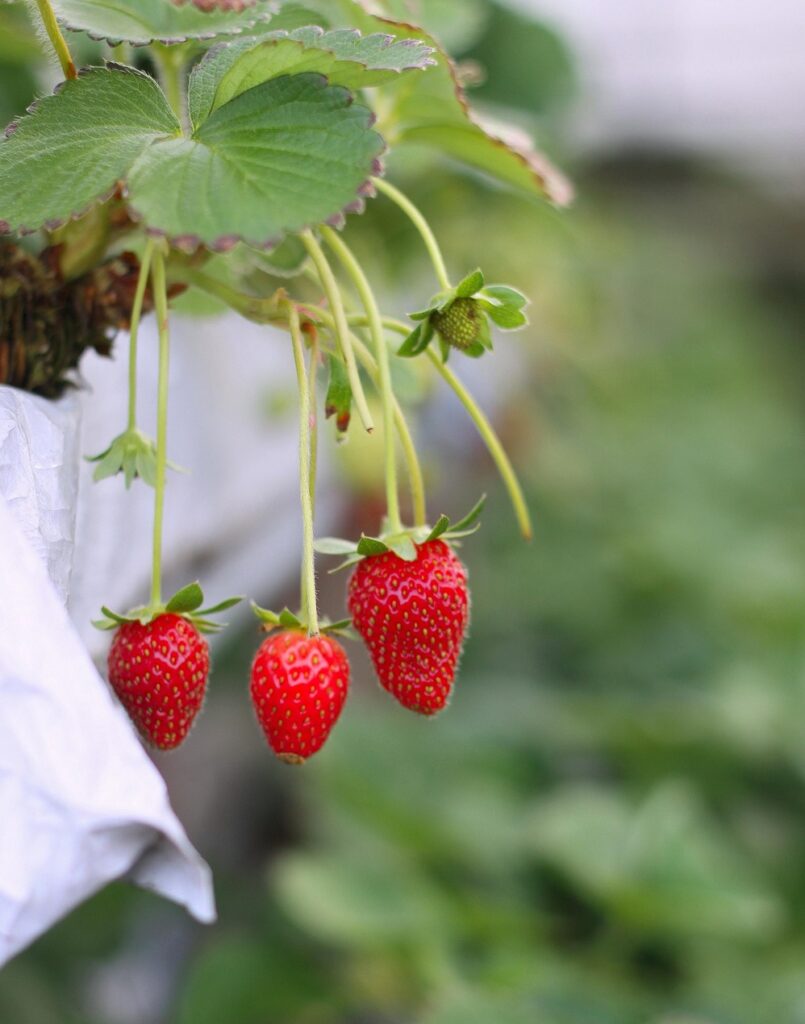
Edible Plants for Landscaping
Below are a few options for edible landscape plants to help get you started. The sky is the limit, so feel free to add other plants to your edible landscape.
| Plant | Category | Benefits | Taste | Uses | Growing Tips |
|---|---|---|---|---|---|
| Nasturtiums | Flower | Attracts pollinators, immune-boosting | Peppery, slightly spicy | Salads, garnishes, herbal remedies | Easy to grow, thrives in poor soil, self-seeding |
| Calendula | Flower | Medicinal properties, skin-soothing | Mild, slightly tangy | Teas, soups, infused oils | Prefers full sun, blooms best with deadheading |
| Violas & Pansies | Flower | Adds color to dishes, mild medicinal benefits | Sweet, delicate | Salads, desserts, drinks | Cool-season flowers, prefer partial shade |
| Lavender | Herb | Calming, attracts pollinators | Floral, slightly bitter | Teas, baked goods, sachets | Needs well-drained soil, drought-tolerant |
| Rosemary | Herb | Evergreen hedge, anti-inflammatory | Woody, pine-like | Seasoning, infused oils, grilled meats | Prefers dry, well-drained soil, low-maintenance |
| Thyme | Herb | Ground cover, aids digestion | Earthy, slightly minty | Cooking, teas, soups | Thrives in dry soil, tolerates foot traffic |
| Strawberries | Fruit | Ground cover, vitamin C-rich | Sweet, juicy | Fresh eating, desserts, jams | Needs well-drained soil, runners should be managed |
| Grapes | Fruit | Provides shade, high in antioxidants | Sweet to tart | Fresh eating, juice, wine | Needs strong support (trellis/arbor), full sun |
| Citrus Trees | Fruit | Evergreen, fragrant flowers, vitamin C-rich | Tart to sweet | Juices, seasoning, fresh eating | Prefers warm climates, container-friendly |
| Swiss Chard | Vegetable | Colorful foliage, high in vitamins A & K | Earthy, slightly bitter | Stir-fries, salads, soups | Grows year-round in mild climates, cut-and-come-again harvesting |
| Carrots | Vegetable | Rich in beta-carotene, improves soil aeration | Sweet, crunchy | Fresh eating, roasting, juicing | Prefers loose soil, great in raised beds |
| Cherry Tomatoes | Vegetable | Ornamental, easy to grow, prolific producer | Sweet, juicy | Salads, sauces, snacking | Needs staking or cages, full sun |
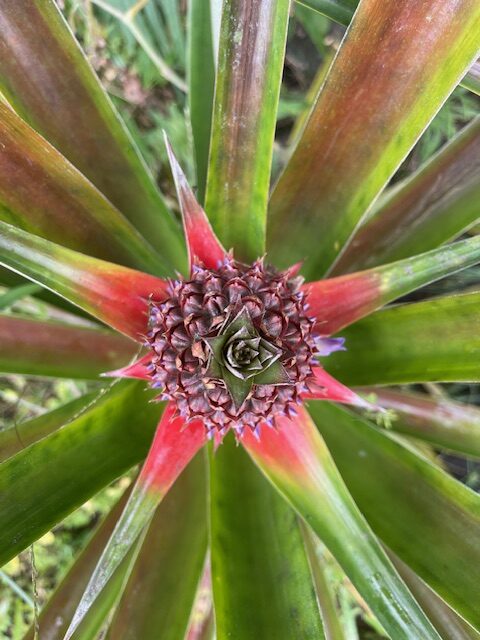
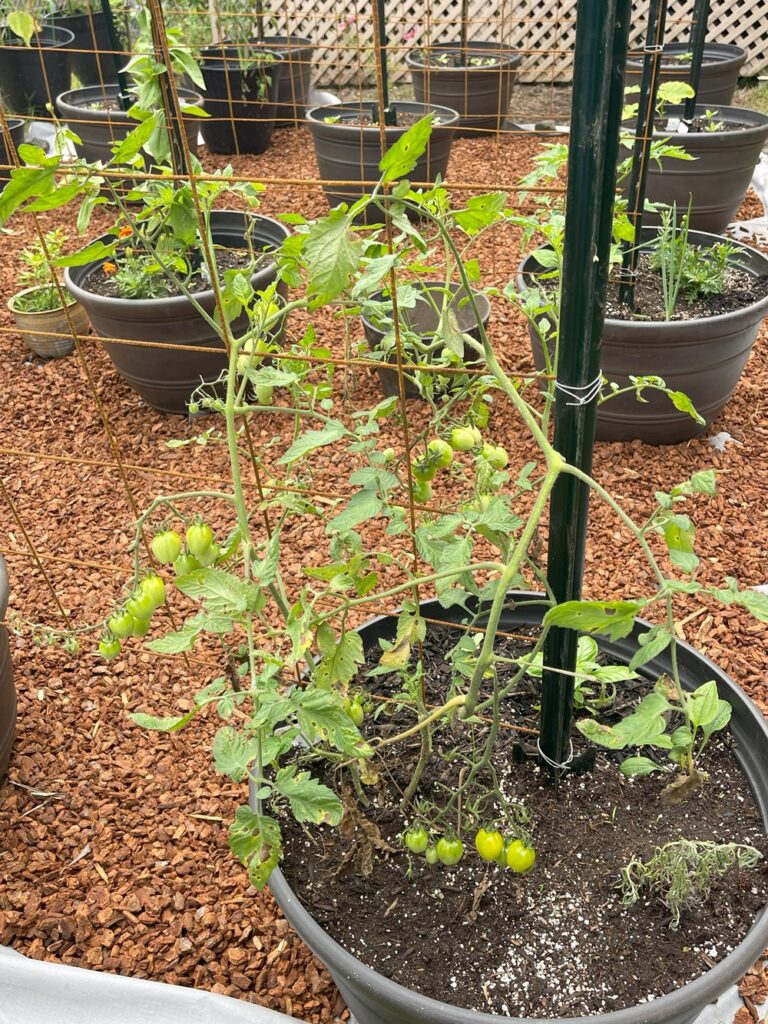
Tips for Maintaining an Edible Landscape
- Plan for Seasonality – Choose a mix of plants that provide food and color year-round.
- Use Organic Practices – Avoid chemical pesticides and fertilizers to keep your food safe.
- Prune & Shape Plants – Regular trimming keeps edible plants looking tidy and encourages more production.
- Incorporate Hardscaping – Use pathways, trellises, and raised beds to define spaces and add structure.
- Attract Pollinators – Grow flowering herbs and native plants to support bees and butterflies.
Final Thoughts
Edible landscaping is a rewarding way to make your yard both beautiful and productive. By thoughtfully integrating food-producing plants into your landscape, you can create a space that is not only visually appealing but also provides fresh, homegrown food. Whether you start small with a few herbs or transform your entire yard into an edible paradise, the benefits are endless.
So why not give it a try? Your taste buds—and the environment—will thank you!
Want more gardening inspiration? Join the Adventures in Botany Community and connect with fellow plant lovers! Follow us on, Instagram, TikTok, and YouTube for more gardening tips, DIY projects, and nature-inspired content.
